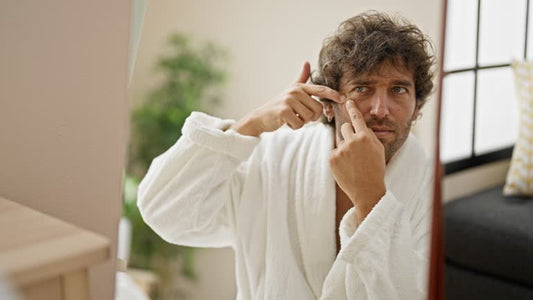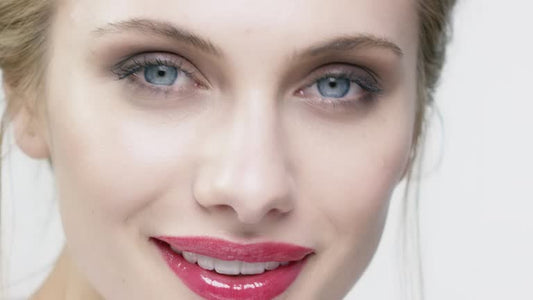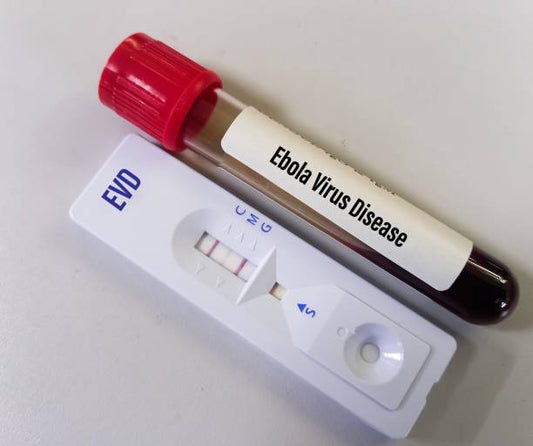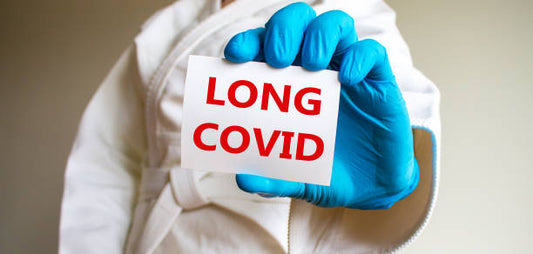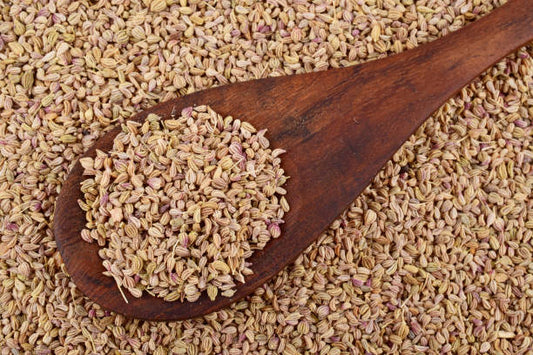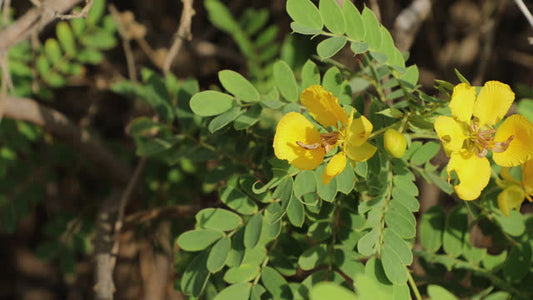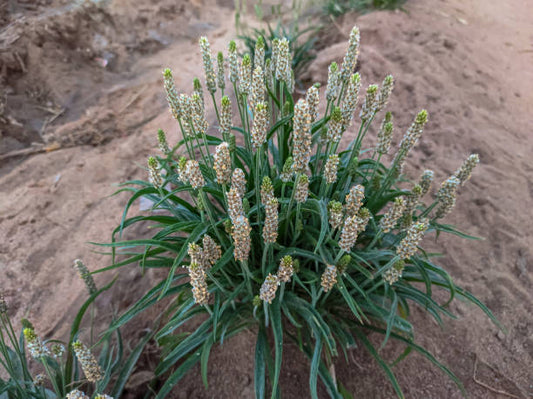Identifying and treating common skin conditions in babies requires careful observation and sometimes professional guidance. Here are some common skin conditions in infants and their treatments:
-
Eczema (Atopic Dermatitis):

- Identification: Red, itchy, and inflamed patches on the skin, often on the face, scalp, elbows, and knees.
-
Treatment: Use fragrance-free and hypoallergenic moisturizers to keep the skin hydrated. Avoid harsh soaps and opt for mild cleansers. In severe cases, a pediatrician might prescribe topical steroids or other medications.
-
Diaper Rash:

- Identification: Red, irritated, and sometimes pimply rash in the diaper area.
-
Treatment: Change diapers frequently, use fragrance-free wipes, and apply a zinc oxide-based diaper rash cream. Let the area air dry between changes. Consult a doctor if the rash persists or worsens.
-
Cradle Cap:

- Identification: Yellowish, scaly patches on the scalp, often resembling greasy or crusty scales.
-
Treatment: Gently massage baby oil or mineral oil onto the scalp to loosen the scales. Use a soft brush or comb to gently remove the scales. Wash with a mild baby shampoo. In persistent cases, consult a pediatrician for further guidance.
-
Heat Rash (Miliaria):

- Identification: Tiny red bumps or blisters, often in areas covered by clothing.
-
Treatment: Keep the affected area cool and dry. Dress your baby in loose-fitting, lightweight clothing. Avoid overdressing or excessive heat exposure.
-
Baby Acne:

- Identification: Small red or white bumps on the face, particularly on the cheeks, nose, and forehead.
-
Treatment: Gently wash the affected area with warm water and mild baby soap. Avoid applying lotions or oils. Baby acne typically resolves on its own without treatment.
-
Molluscum Contagiosum:

- Identification: Small, flesh-colored or pearly bumps with a dimple in the center.
- Treatment: Usually, no treatment is needed as the condition tends to clear on its own. Avoid scratching or picking the bumps to prevent spreading. Consult a doctor if the lesions persist or worsen.
Always consult with a pediatrician or dermatologist if you're unsure about a skin condition or if your baby's symptoms are severe, persistent, or causing discomfort. They can provide accurate diagnosis and recommend appropriate treatments for your baby's specific condition.






